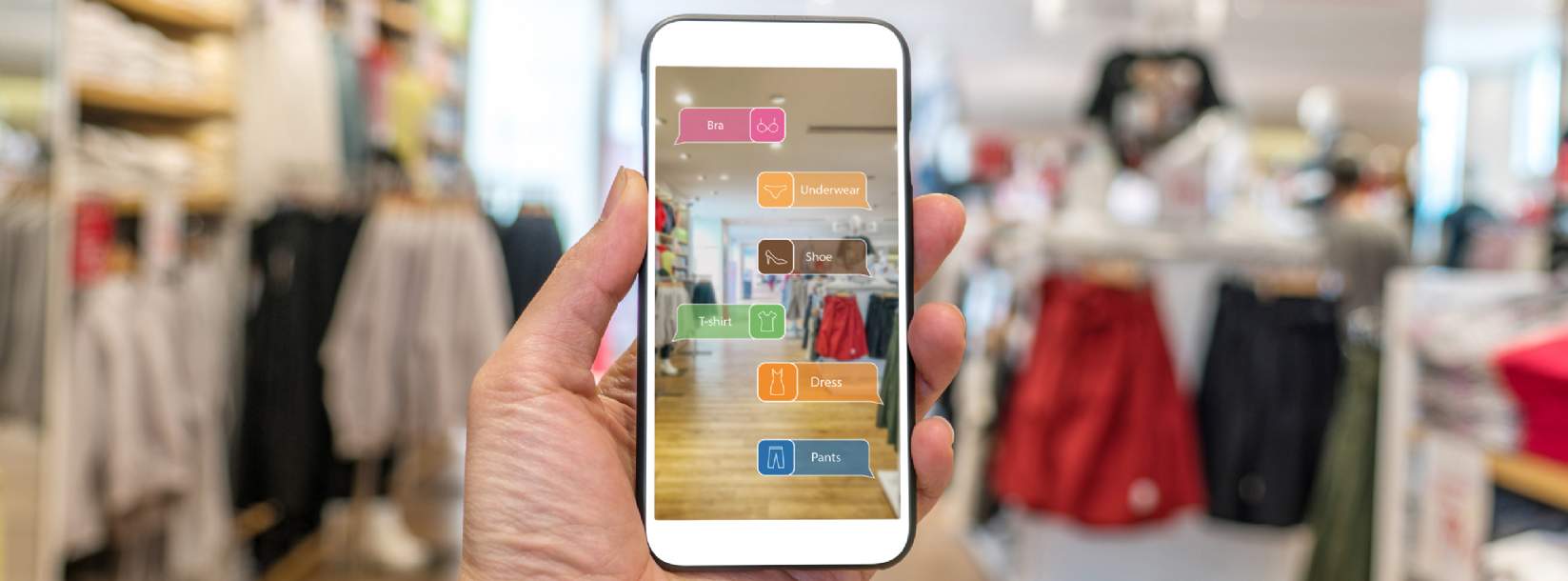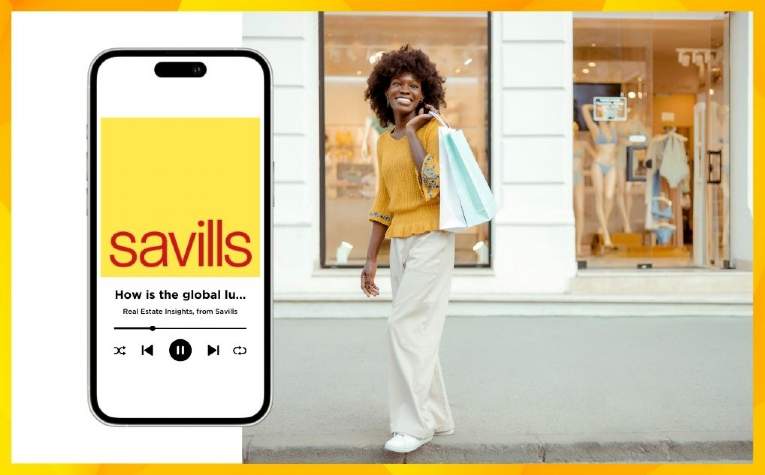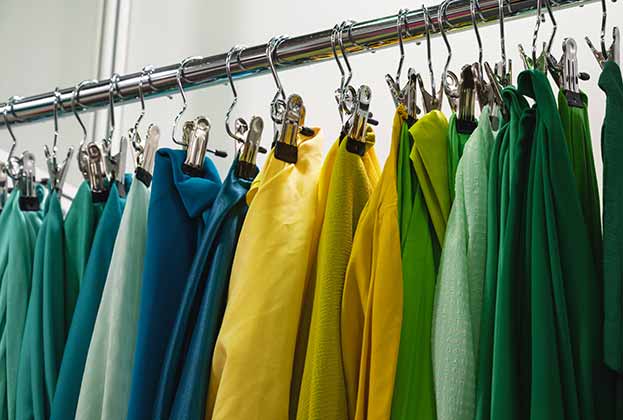As life slowly begins to resemble normality, a big question lingers over how retail brands will adapt once the pandemic is over. As Covid-19 hit, retailers had to adapt their marketing strategies overnight and new trends quickly emerged. Here we take a look at how they will translate now that stores are open once again.
Investment in personalisation
As soon as the first lockdown hit we saw an almost automatic increase in online purchases, with many made as a result of targeted personalised marketing. With brick and mortar stores shuttered many retailers repurposed their instore marketing budgets to invest in sophisticated artificial intelligence (AI) systems to increase online purchases using individual consumer data. For example, recommending a product based on online behaviour or a previous purchase.
Increased omni-channel capabilities
Over the last year brands have had no choice but to increase their market presence, adapting the way products reach the consumer by creating a seamless omni-channel service. To do so, many retailers have started utilising kiosks outside of stores, kerbside delivery and even drive-through pick-up stations, making the purchase as accessible and frictionless for the customer as possible.
Product visualisation
Covid-19 put a sudden stop to customers being able to see and feel products in person, which inevitably created a real issue for the majority of retailers. As a result, there has been an increase in brands making use of augmented reality (AR) and 3D visualisation tools, all of which allow the consumer to explore the product like never before, installing a sense of confidence when purchasing.
But will these trends translate instore now that lockdown has ended?
We don’t expect habits to return to the way of old and instead expect the digital to continue to enhance the in-store experience. One example of true ‘phygital’ retail was the opening of the Burberry store in Shenzhen, China in July 2020 – the luxury brand’s first social retail store. Described as a ‘truly interactive experience’ the store is home to an interactive window that reflects the viewer’s shape and responds to movement. As the customer moves round the store, sharing experiences via social media, they have the ability to earn ‘social currency’, in turn unlocking personalised experiences and delivering discounts for their in store café.
Closer to home, M&S has been quick to embrace a ‘digital-first approach’, evident in the recently upgraded Solihull store. Digital features include self-service points in prominent locations and the ability for staff to turn-around collections in as little as 60 seconds.
So it’s clear that these trends can, and will, translate in-store, however there will need to be a careful balance when it comes to readdressing the all-important marketing budget. Similarly to the omni-channel approach, retailers will need to think of their physical and digital budgets as symbiotic. One cannot survive without the other.
Further information

.jpg)



.jpg)




